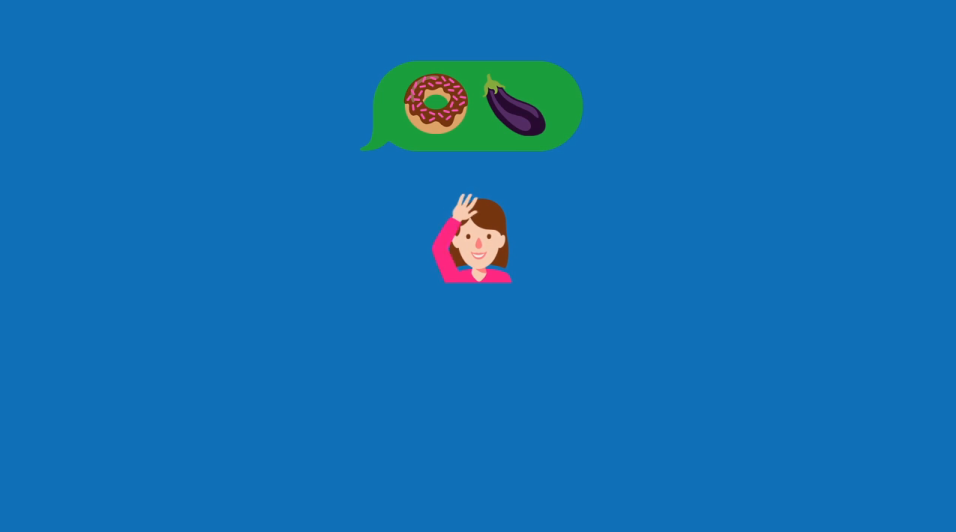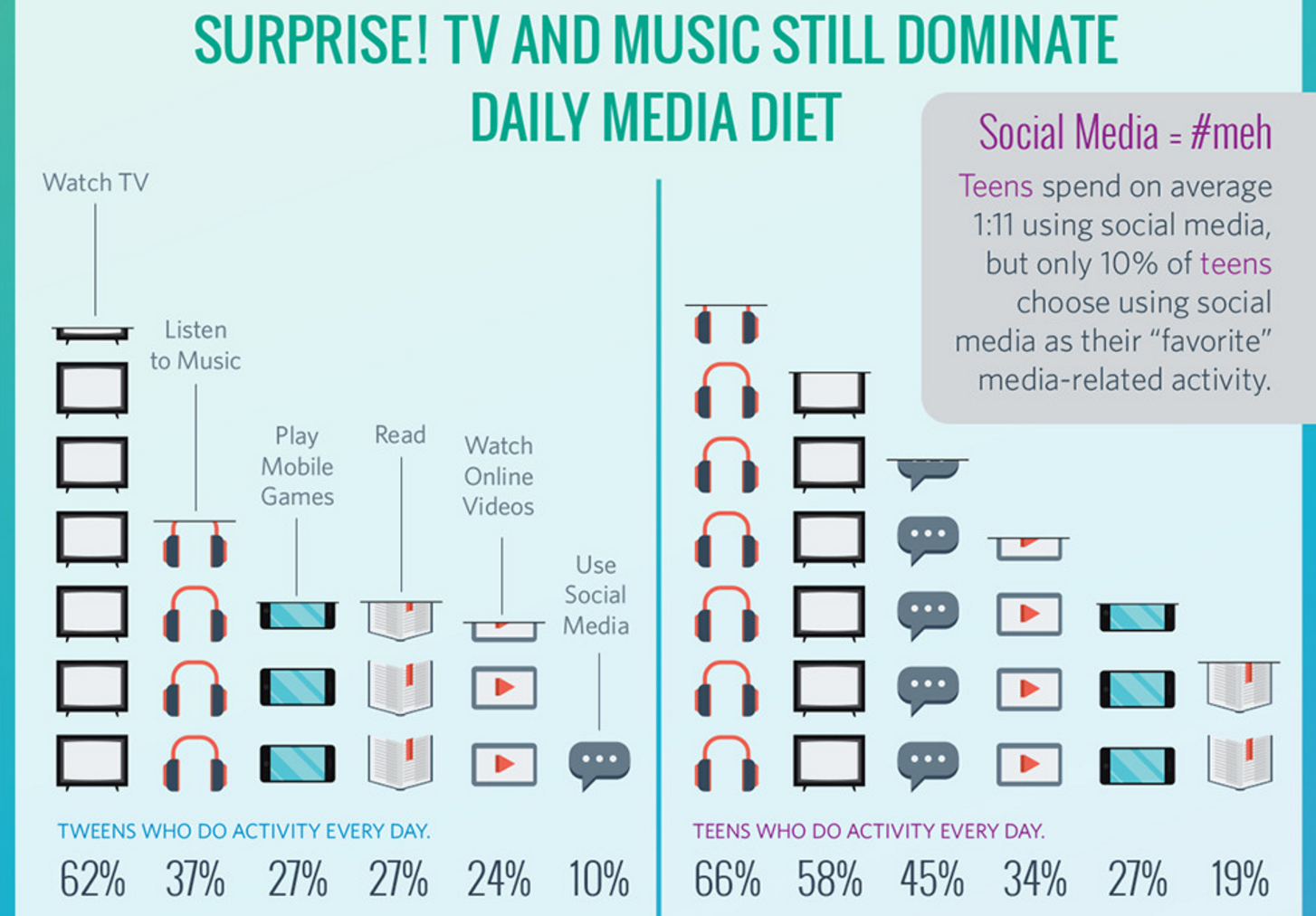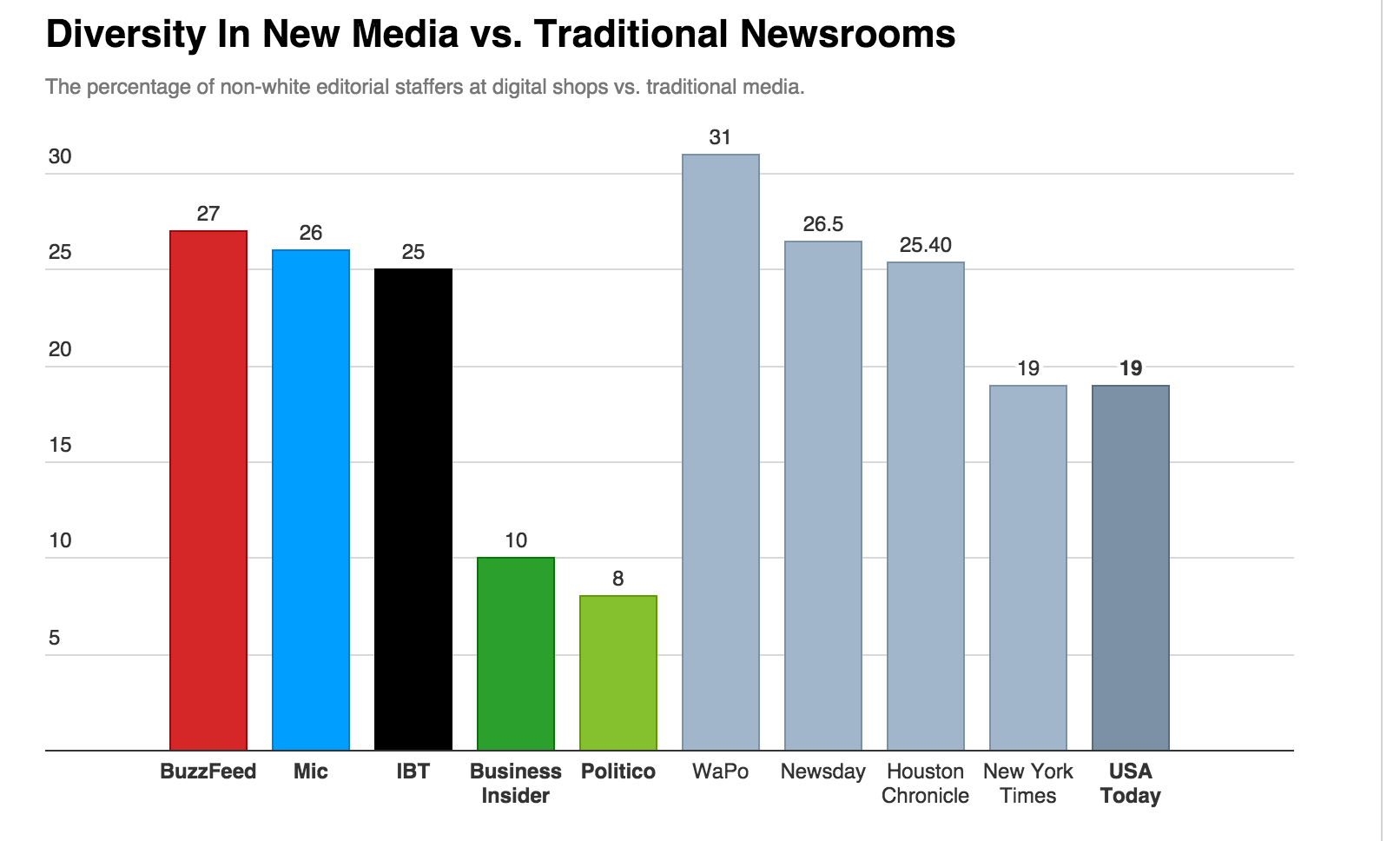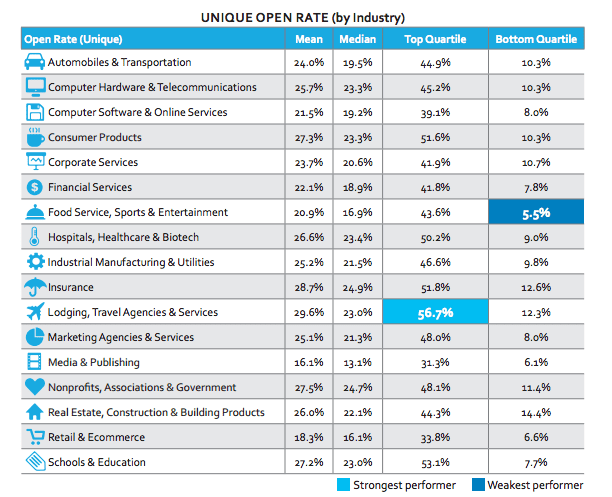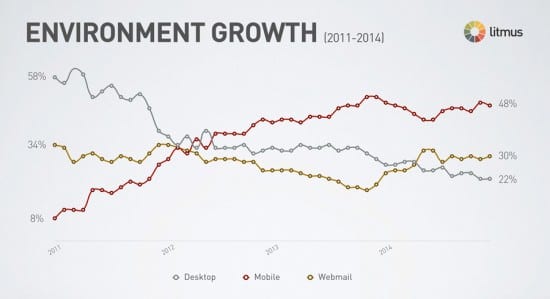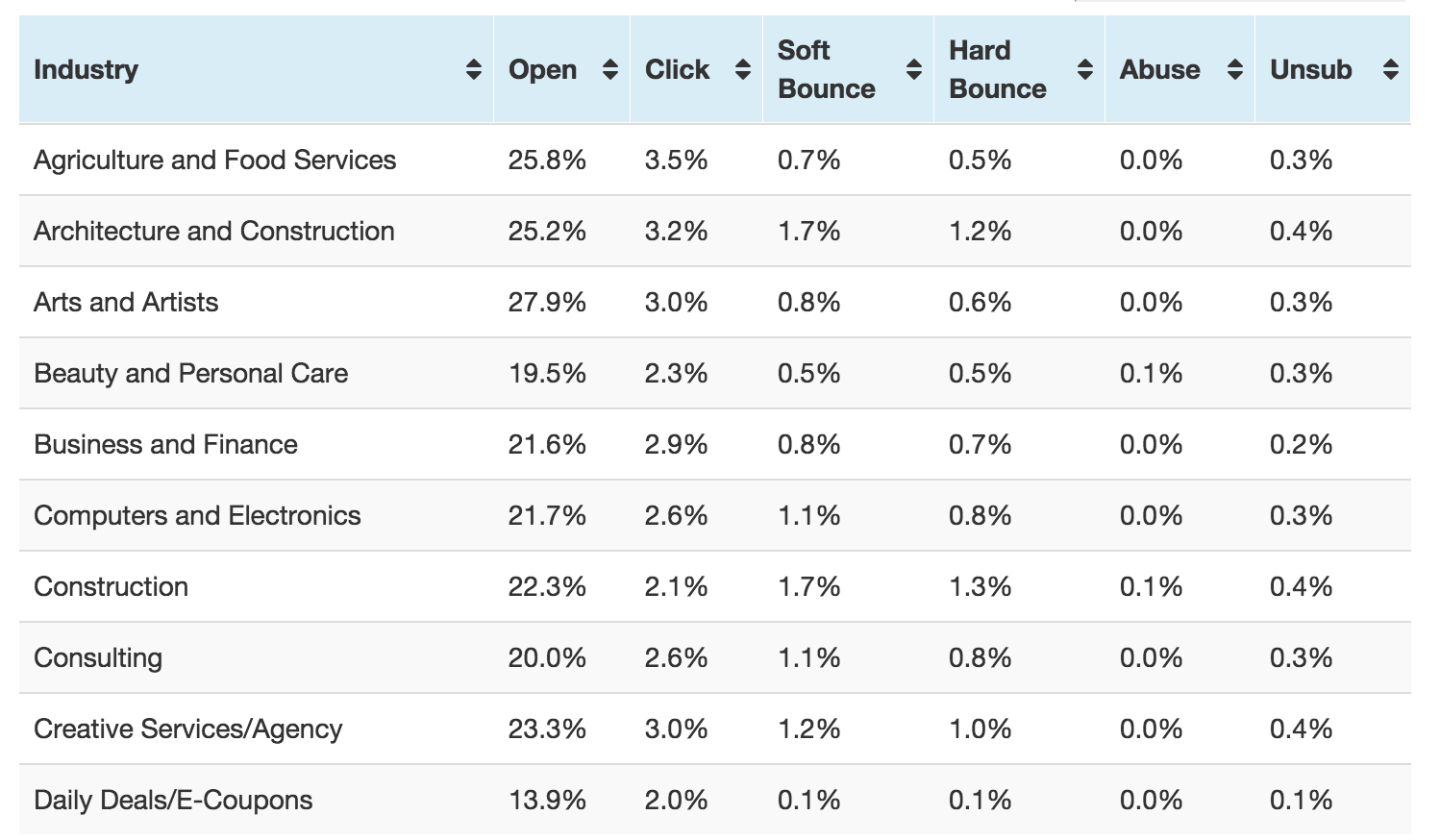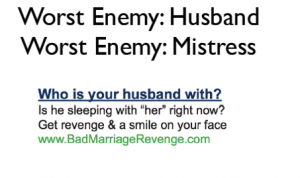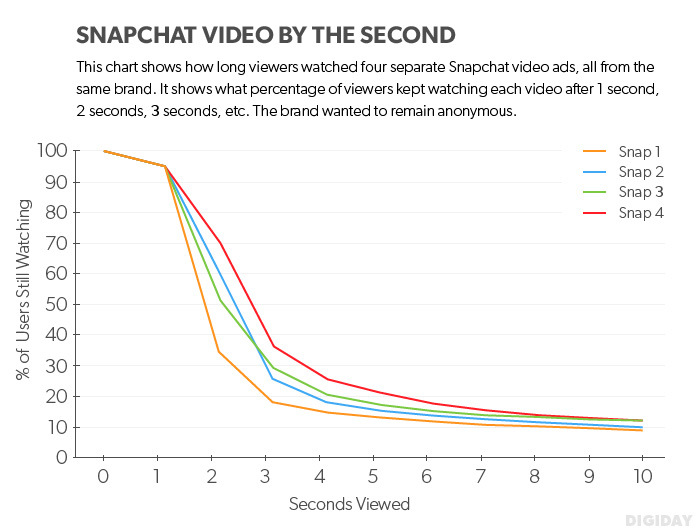No, the title of this blog post wasn’t a mistake.
I came across a campaign by Durex Condoms to get a condom emoji created and included in the official emoji “library”, which is managed by The Unicode Consortium. Durex’s goal is to have the condom emoji incorporated by December 1, World AIDS Day. The rationale is: people use other emojis to suggest sexual activity all the time (eggplants, hot dogs, doughnuts, birds, bees, etc), so why not just create an emoji that gets straight to the point? The campaign is appropriately accompanied by a hashtag, #CondomEmoji, and a promotional video.
I personally find this campaign hilarious and wonderful. It’s a great marketing move on their part, especially using social media and pop culture to spread the message. At the same time, the use of a condom emoji may actually communicate explicitly that a condom will be used during the “activity”, which could reduce STIs and the like. Social benefit! Okay, that may have been a bit of a stretch.
Emojis have become such a prime element of our communications (at least, for millennials). They add humour and brevity to our messages; celebrities use them all the time (Hillary Clinton too, although it kind of backfired on her…), and Oxford even named an emoji as Word of the Year for the first time ever! So, why not create an emoji to spread a positive message?
In class, we have talked about integrated digital communications, various digital & social media platforms, analytics, the fast-paced world of social, and more. I think this Durex campaign perfectly summarized what a successful campaign could look like, with all the right tools and metrics in place. I’ll definitely be checking at the next Unicode update for a #CondomEmoji!
References:
- Powell, C. (2015, November 19). Durex calls for condom emoji in new global campaign. Retrieved from http://www.marketingmag.ca/brands/durex-calls-for-condom-emoji-in-new-global-campaign-162006
-
Various authors. (n.d.). #condomemoji hashtag on Twitter. Retrieved from https://twitter.com/hashtag/condomemoji
-
Alvarez, E. (2015, November 19). Durex thinks a condom emoji can help promote safe sex. Retrieved from http://www.engadget.com/2015/11/19/durex-condom-emoji/
-
Oxford University Press. (2015, November 16). Oxford Dictionaries Word of the Year 2015 is… | OxfordWords blog. Retrieved from http://blog.oxforddictionaries.com/2015/11/word-of-the-year-2015-emoji/
